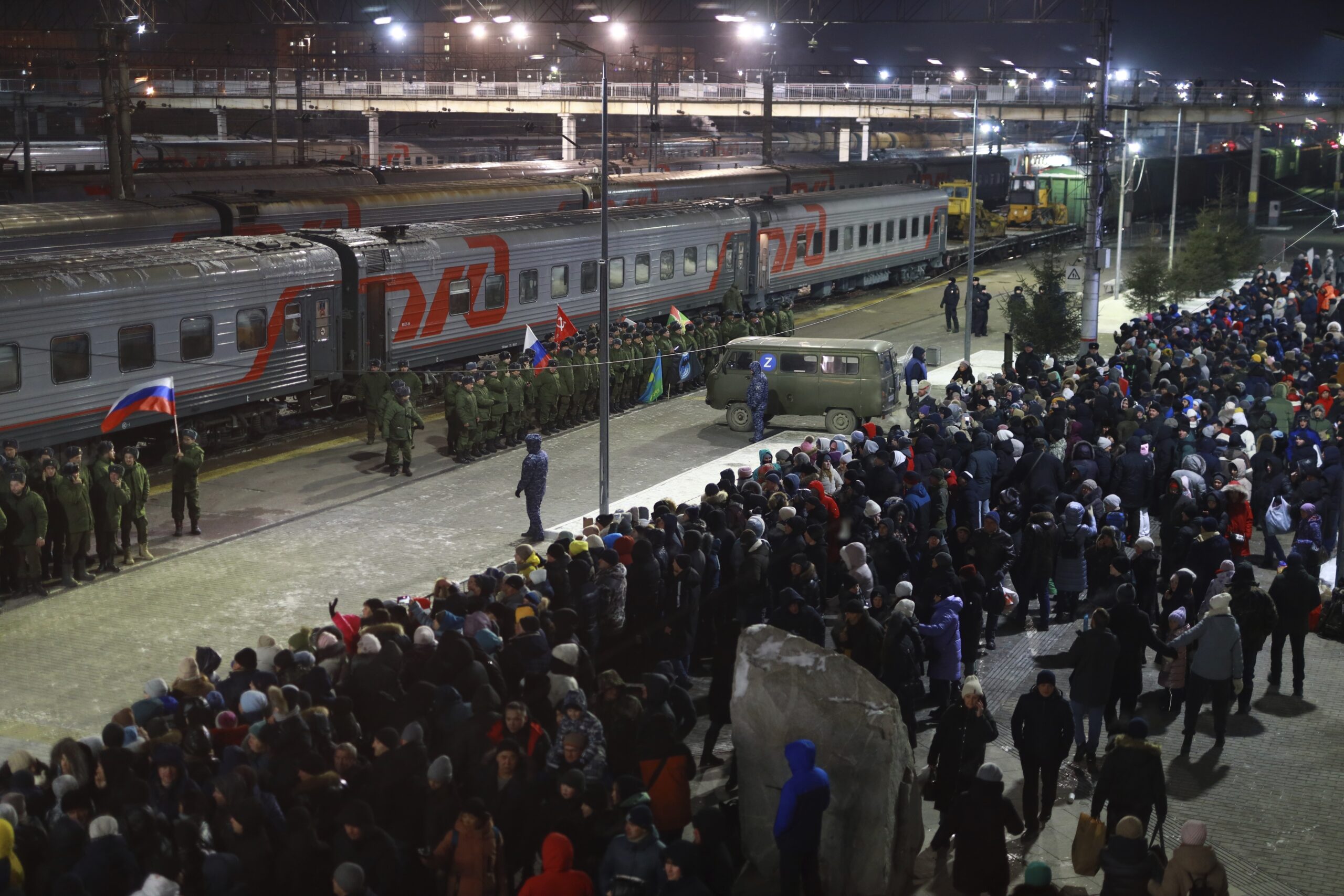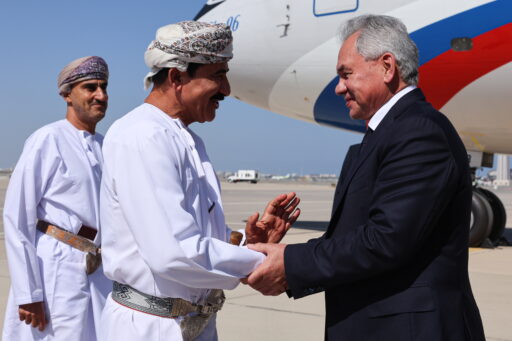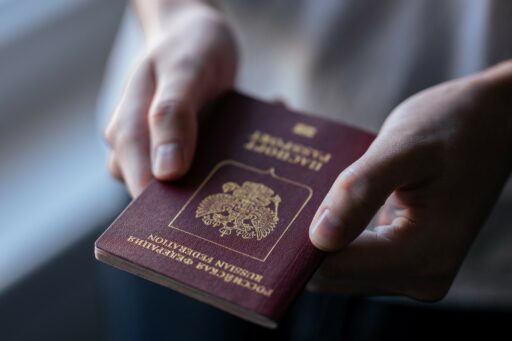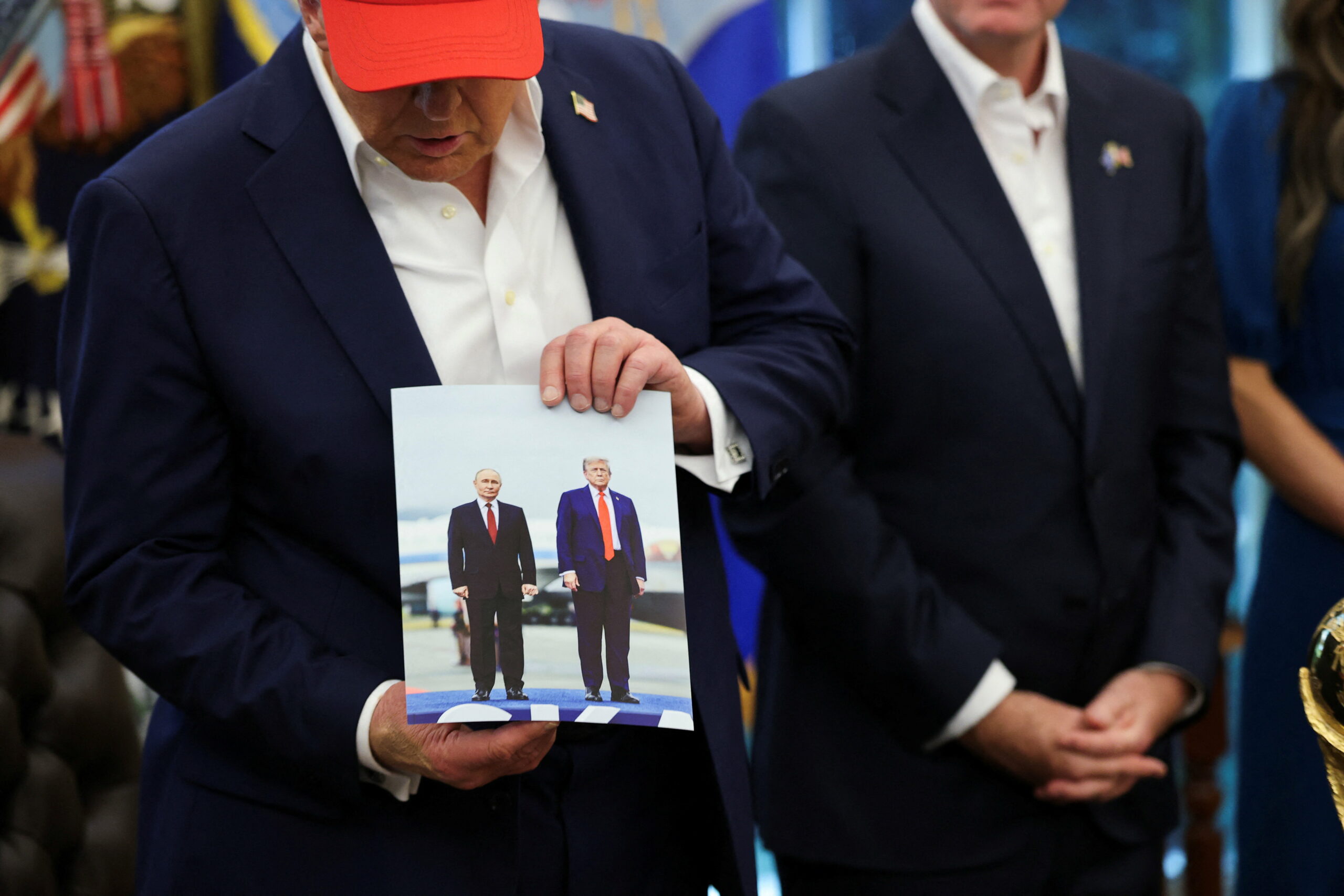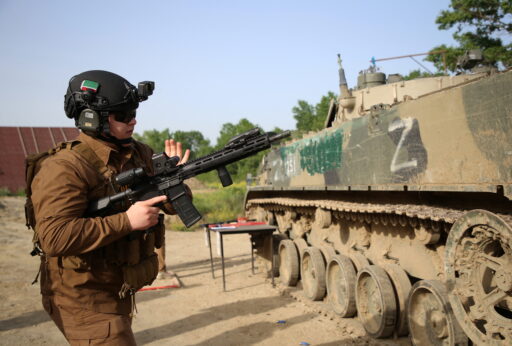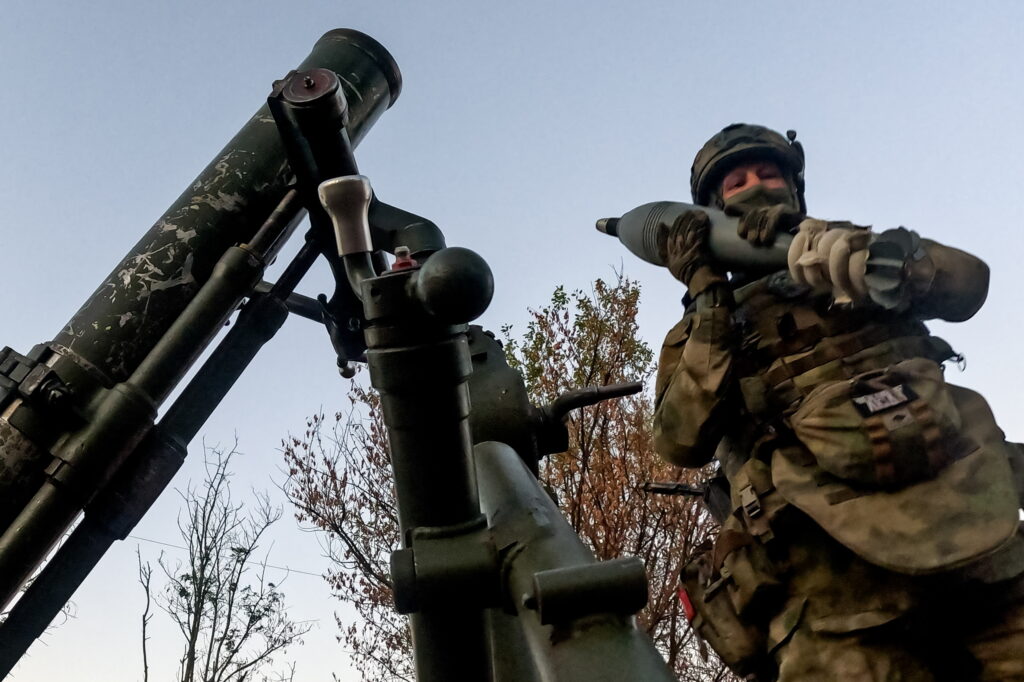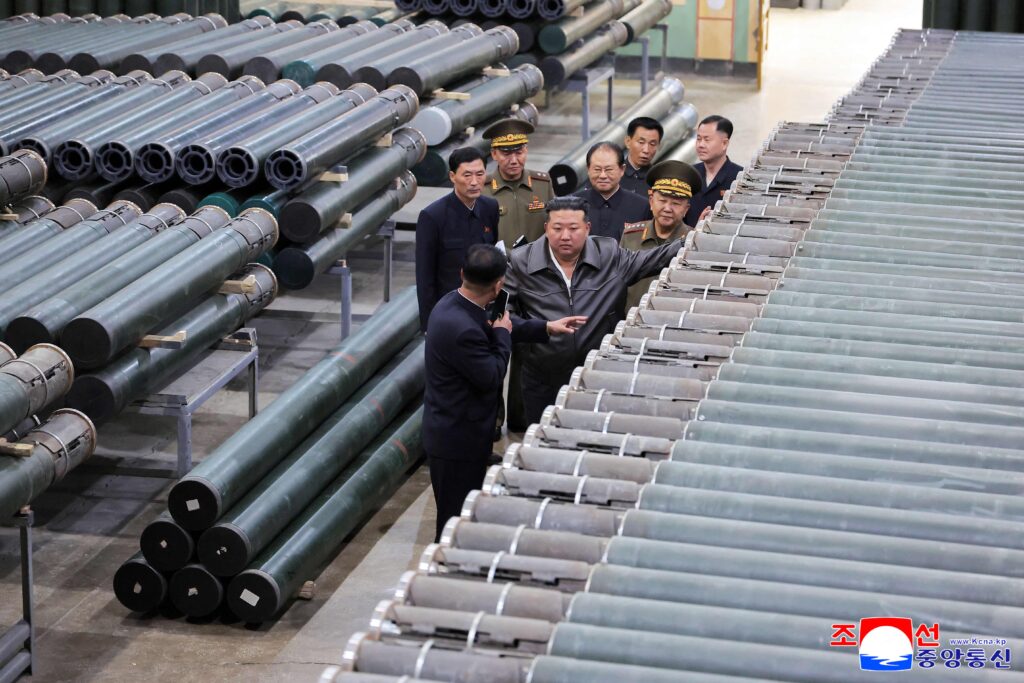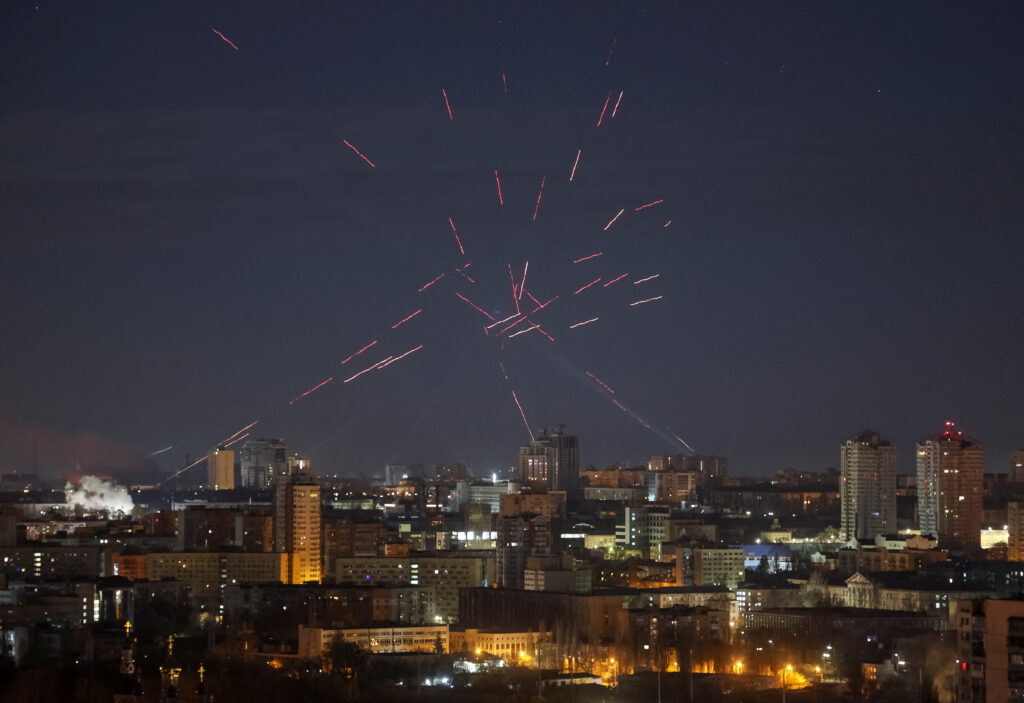Since the beginning of the full-scale invasion of Ukraine, Russians have participated in thousands of protest events, with tens of thousands of people detained and arrested. The announcement of partial military mobilization sparked another wave of protests, with spouses, mothers, and children demonstrating against their men being sent into the military. However, as of 2025, the protests by families of mobilized soldiers have not posed a significant political threat to the Russian state. The Russian government has adapted to the risks of voluntary and coercive recruitment, leaving no viable opportunities for families to protest effectively. Instead of protesting, opponents of the war and mobilization have opted for self-silencing, dodging military recruitment, or leaving the country. The remaining majority have adapted to wartime realities and demonstrated an increasingly positive mood about the state of affairs in the country.
The anti-mobilization protests were non-violent and limited in scale, attracting relatively few participants. They reflected a range of war-related grievances but lacked a broader agenda and organizational unity. The Kremlin responded with strategic restraint, avoiding overt repression. Instead, it sought to defuse tensions by addressing selected concerns, applying indirect pressure on mobilized soldiers to persuade their families to abandon protests, and gradually repressing the most active and anti-systemic elements of the protest movement. This suggests that unless the movement mobilizes a wider array of social groups to address a broad range of issues (such as economic and political problems), the protest potential of mobilized families will remain limited.
Mobilization Drive
The partial mobilization was a significant shock to Russian society and public administration. According to official data, a total of 302,503 individuals were mobilized during the 2022 mobilization campaign. Demographically, the majority of those mobilized were married (57%) and had children (56.3%). Additionally, at least 73,000 individuals may have been mobilized for military units operating in eastern Ukraine: 48,900 in the so-called «DNR» and 24,100 in the «LNR.»
The announcement of partial mobilization was met with widespread public discontent and triggered anti-mobilization protests across Russia. Over 2,400 protesters were detained, prompting a mass exodus, with up to 700,000 people leaving the country within two weeks. Others sought deferments by enrolling in universities or securing jobs in major IT firms. However, only a few Russian regions sustained protest momentum. For example, in Chechnya, minor protests by women were a rare act of dissent in the highly repressive republic. In Dagestan, protests occurred in multiple urban centers and villages. Similar opposition took place in Tuva, Yakutia, and Buryatia, where women led anti-war protests. Smaller-scale women’s protests also occurred in Saint Petersburg, Moscow, the Volga regions, and other urban centers.
However, the anti-mobilization protests lacked a unified agenda, which weakened their potential to evolve into a broader popular movement. The mobilization was announced at a time when the Russian military was suffering heavy losses, and the civilian economy was struggling to adapt to international sanctions. Families of the mobilized saw their relatives sent into a failing war effort with no clear strategic objective. Additionally, the mobilization process was chaotic and poorly managed. Recruitment centers lacked clear procedures and mobilized nearly anyone they could reach, often disregarding eligibility criteria. The Russian armed forces were also ill-prepared to equip and train such large numbers of men on short notice, aggravating discontent. The mobilization became a bitter pill to address the manning crisis on the frontlines while contributing to an overall catastrophic mood in Russia. However, this mood gradually improved over the 2023−2025 period.
In 2023, some protesters organized the «Way Home» movement. Initially, they attempted to influence the Ministry of Defence through petitions, visits, and other official channels. These measures proved fruitless, and in October 2023, the movement organized its first protest. Failing to bring mobilized men back home, the movement split into a pro-government faction and a fully oppositional group. The latter politicized their demands and participated in Navalny’s «Noon Against Putin» voting strategy in 2024. In response, the state began targeting the group, labeling them as a collective of «wrong wives» involved in the protest movement. This led to intensified repression, including designating them as foreign agents and issuing threats against the mobilized husbands of women participating in the unrest. This dynamic ultimately turned the movement into a public adversary of the state. Participants came to see themselves as not only isolated from the broader public but also marginalized by the very state they had initially hoped would address their concerns.
«Voluntold» Recruitment
The Russian government was unwilling to launch a second wave of mobilization. Instead, the Kremlin opted for a renewed voluntary recruitment campaign with substantial financial bonuses, although in some cases, this volunteerism became forced, or «voluntold.» These efforts reduced the political sensitivity of recruitment, transforming it from forced mobilization into a business-style enterprise, with thousands of men risking their lives for potentially high rewards. German analyst Janis Kluge claimed that regional upfront payments played the most significant role in boosting recruitment, with some regions offering enough money to buy a two-bedroom apartment in the regional capital. Recruitment estimates confirm this correlation, though additional factors, such as the news cycle (Russian army victories or losses), municipal payments, and seasonality, also influenced outcomes.
To stimulate recruitment, Russian regions significantly increased signing bonuses. In March 2024, the average one-time payment was about 225,000 rubles. Krasnodar Krai led with the highest bonus of one million rubles. On average, 13% of regional social welfare budgets were spent solely on one-time bonuses for new military contract signees. In 2024, the highest concentration was in Stavropol Krai, where 21% of social spending went to recruitment bonuses. In Karachay-Cherkessia, 63% of social spending was allocated to single-time bonuses alone. In Adygea, 36% of social aid was spent on one-time payments, far surpassing support for labor veterans or vulnerable families, including those raising disabled children or living in unheated homes.
However, in 2025, some Russian regions began reducing payouts due to the Kremlin’s increased focus on non-military national federal programs. Bashkortostan reduced its regional signing bonus from 1.6 million to 1 million rubles. The Yamalo-Nenets Autonomous Okrug lowered its bonus from 3.1 million to 1.9 million. Similarly, Samara Oblast, which previously led the country by offering 3.6 million, reduced the amount to 科技2.1 million. Belgorod Oblast cut its regional bonus earlier, in October 2024, slashing the payout from 800,000 to 400,000 rubles. This indicates that the demand for soldiers has slightly decreased compared to the desire to address socio-economic needs.
Additionally, the government tapped into the relatively young pool of conscripts required to complete a one-year service outside Ukraine. Reports of conscripts being coerced into signing contracts through threats, deception, and promises of high salaries emerged as early as 2023. Conscript soldiers were pressured to sign contracts under the threat of reassignment to units near the Ukrainian border. This partially contributed to consistent refusals by Russian soldiers to serve in the forces. After leaving the army became virtually illegal in October 2022, more than 49,000 AWOL cases were recorded in the Russian legal system. In terms of regional distribution, the majority of cases (more than 22,000) were reported in the Southern Military District (MD). The 1st and 2nd Army Corps, formed from mobilized and proxy forces in Donetsk and Luhansk, accounted for 59% of all desertion cases in the MD. The 58th Army, headquartered in Vladikavkaz, North Ossetia, also ranked high with 2,682 cases. The Central MD ranked second with more than 13,000 AWOL cases. The Moscow MD was third with 7,778 cases, and the Eastern and Leningrad MDs followed with more than 3,000 AWOL cases in each district.
Government Strategy to Counter Protests
The Russian government has taken extensive measures to counter the risks of anti-mobilization protests. It implemented a broad set of repressive laws that empowered law enforcement to preempt gatherings, detain participants, and impose heavy fines and prison sentences, in addition to extrajudicial threats.
Additionally, the government used threats directed at mobilized soldiers to deter their wives from engaging in public protests. Due to the absence of guaranteed rotation, commanders could impose particularly harsh punishments by refusing semi-annual 14-day vacations for war fighters. Family members faced a morally difficult choice: continue protesting and risk never seeing their loved one return, or abandon activism in the hope that their loved one would eventually be granted leave to come home for vacation. Unsurprisingly, this dilemma heavily influenced their decisions. Many chose to accept the situation and focus on improving their relative’s chances of survival by sending personal protective equipment, medicine, drones, vehicles, or money. Others continued to protest, knowing it might further diminish the possibility of their loved one’s return.
In parallel, Moscow intensified control over the information space by banning independent media, restricting internet access, and punishing individuals who disseminated content from prohibited sources. The state also sought to make military service financially attractive and ideologically appealing, offering strong incentives for underprivileged men to remain in service or enlist voluntarily.
Since the first day of the war, the Russian government has prioritized tightening control over society and suppressing anti-war sentiment. On February 24, 2022, Roskomnadzor, the state media and internet regulator, ordered all media outlets to report on the «special military operation» (SMO) using only official government sources. In March, the Parliament introduced legislation imposing severe penalties for disseminating information deemed to discredit the Russian armed forces. It also outlawed public calls for actions against national security, such as support for sanctions, with penalties of 2 to 7 years’ imprisonment, fines up to 2.5 million rubles, and the confiscation of assets. These legal measures prevented anti-mobilization protests from gaining nationwide support.
Additionally, the FSB reportedly interrogated mobilized soldiers whose wives attempted to organize protests for their demobilization. The soldiers were instructed to record videos claiming they had no issues in the military and to ask their family members to stop their public activities. Otherwise, the FSB threatened them with redeployment to assault units.
In addition to repressing protesters, the Russian government expanded public benefits for war fighters and their families. These benefits were particularly useful for underprivileged families of mobilized soldiers, while the middle and upper classes were less affected. Since May 2022, children of killed or severely wounded servicemembers have been granted guaranteed admission to military schools without exams. Veterans and their children also received exam-free access to vocational colleges and technical schools, along with special university quotas. In February 2024, a subsidized 2% mortgage program was expanded nationwide for veterans. By November, young families of servicemembers gained priority in state housing programs. Spouses of discharged veterans were given preferential hiring in public institutions, job security during layoffs, and access to paid retraining. As of January 2025, war veterans are also entitled to free annual medical rehabilitation and sanatorium care, including travel reimbursements. These measures reduced the demand for collective action by creating the perception among some families that the government was addressing their problems or at least attempting to.
Illusive Protest Potential
Can Russian anti-mobilization protests become influential? For now, the strategic environment does not appear conducive to large-scale anti-war mobilization. Levada’s Denis Volkov recently reported that opinion polls unequivocally show that open opposition to the government has remained low, fluctuating between 15−20% of the population. State media increasingly equate dissent with betrayal, contributing to growing public disapproval of anti-war positions. Support for the right to protest has declined: in mid-2022, nearly 60% opposed restrictions on anti-war actions, but by April 2025, this figure dropped to 45%. Improved perceptions of the U.S. have lowered fears of a NATO-Russia conflict, and support for normalizing relations with the West has returned to pre-2022 levels (around 80%). The resilience of the Russian economy under sanctions has pushed the war to the margins of public concern. As fears subsided, people resumed relatively normal lives. There are no significant external factors that could trigger stronger anti-war mobilization. In fact, the opposite is more likely, with Russian forces gradually squeezing Ukrainian forces in exchange for large payouts and family insurance for deceased or injured servicemembers.
Internally, however, anti-mobilization protests could become a morally significant part of a potential broader anti-war and anti-government movement. The main enabler and risk factor for the Russian regime is the state of the Russian economy. Its deterioration could trigger a cascading reduction in welfare spending and a decline in real income. This would not necessarily mean that Putin would stop the war, but it would increase the likelihood of anti-government activities and reduce the government’s popular support. Anti-mobilization women could potentially provide an essential ideological boost to anti-government activism, portraying it as a patriotic movement for a better future for Russia, including its forcefully mobilized men, impoverished retirees, family-oriented young people unable to afford having children, and other vulnerable social groups.
The anti-mobilization movement of families has become another chapter in the history of Russia’s popular anti-war movement. However, despite its significant symbolic meaning, the political impact of this movement remains limited due to internal and external factors. Internally, the movement did not initially become part of a larger anti-war movement, instead attempting to influence the government through official channels. By the time the movement realized the futility of these channels, the broader anti-war movement had already been degraded, suffering from large-scale emigration and the stabilization of economic and political life in Russia. At the same time, the government imposed an array of traditional anti-opposition measures on the movement, ranging from co-optation and selective addressing of some problems to targeted repression and ideological (propaganda) tools. Overall, the anti-mobilization movement is a necessary part of any potential anti-war movement in Russia; however, as of today, its role remains marginal.
